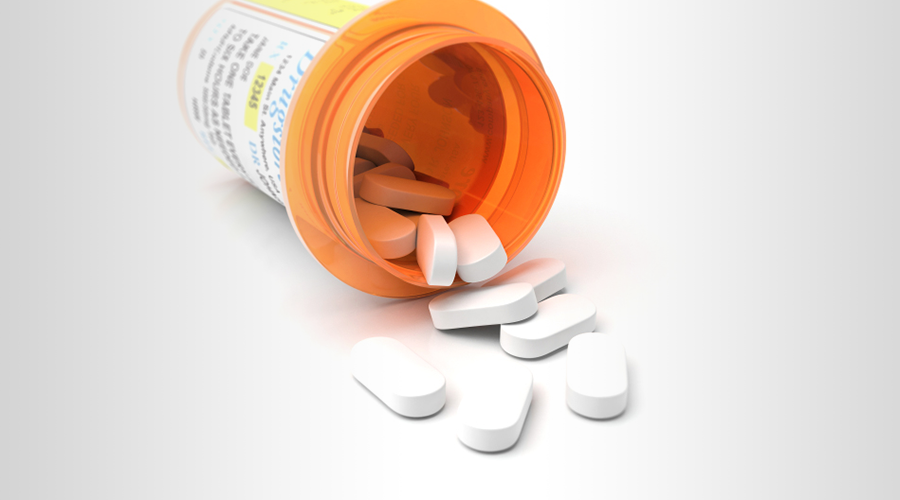Inside: Learn how independent pharmacies can help their communities and patients through better education about prescription opioids and opioid abuse.
Despite opioid abuse trending as a hot topic right now, many patients still don’t know how to prevent misuse in their own homes.
And they may not get the education they need from healthcare providers.
In fact, 62 percent of adults said their healthcare provider or pharmacist has never spoken to them about safe storage or disposal of prescription opioids. That’s according to a survey commissioned by Allied Against Opioid Abuse (AAOA), a national education and awareness initiative to help prevent the abuse and misuse of prescription opioids.
“Unfortunately, there is a significant knowledge gap regarding safe use and disposal of opioid products,” said Mallory Ward, a representative for AAOA.
“There is an urgent need for outreach to patients, caregivers, and the public around proactive steps to take to mitigate the likelihood of misuse before it begins.”
Talking to patients about opioid abuse
As a consistent touchpoint for patients taking opioids, pharmacists have an opportunity to educate patients. They can educate them every time they pick up or refill a prescription.
“It is essential that pharmacists have a conversation with patients every time an opioid is prescribed or refilled to make sure they understand the potential risks and side effects of the medication, which includes dependence, addiction, or overdose, especially with prolonged use,” Ward said.
And because it’s a sensitive topic, patients need to know they can turn to their pharmacist. That means being the trusted and accessible professional they’ve come to expect.
Discussing safe storage and disposal is important because opioid misuse can start in the home. “By reminding patients of their rights, risks, and responsibilities associated with these pain medicines, patients can take an active role in preventing misuse and abuse before it occurs.”
Patients’ rights
More patients need to know their options when it comes to opioids, such as partial fills and alternative treatments.
“Patients have the right to know the full scope of the pain-relief options available to them, including non-opioid treatments, and should make informed decisions about the medications they take,” Ward said.
According to the AAOA survey, 47 percent of adults said they don’t know about their right to partially fill a prescription. And, 67 percent said their healthcare provider hasn’t talked to them about alternative pain treatments to opioids.
If pharmacists focus on education and awareness, they can make a big difference to prevent opioid abuse and misuse. “Patient- pharmacist conversations about tips and actions they can take to reduce instances of abuse and misuse at home is a significant step forward as we develop solutions to address the national opioid epidemic,” Ward said.
By the numbers
62 – Percent of adults who said their healthcare provider hasn’t spoken to them about safe prescription opioid storage or disposal
9/10 – Number of adults who keep leftover prescription opioids for future use
35 – Percent of adults who said they’re not aware of safe disposal methods
Source: AAOA Prescription Opioid Awareness Survey, March 2018
Want more pharmacy business tips and advice? Sign up for our e-newsletter.












